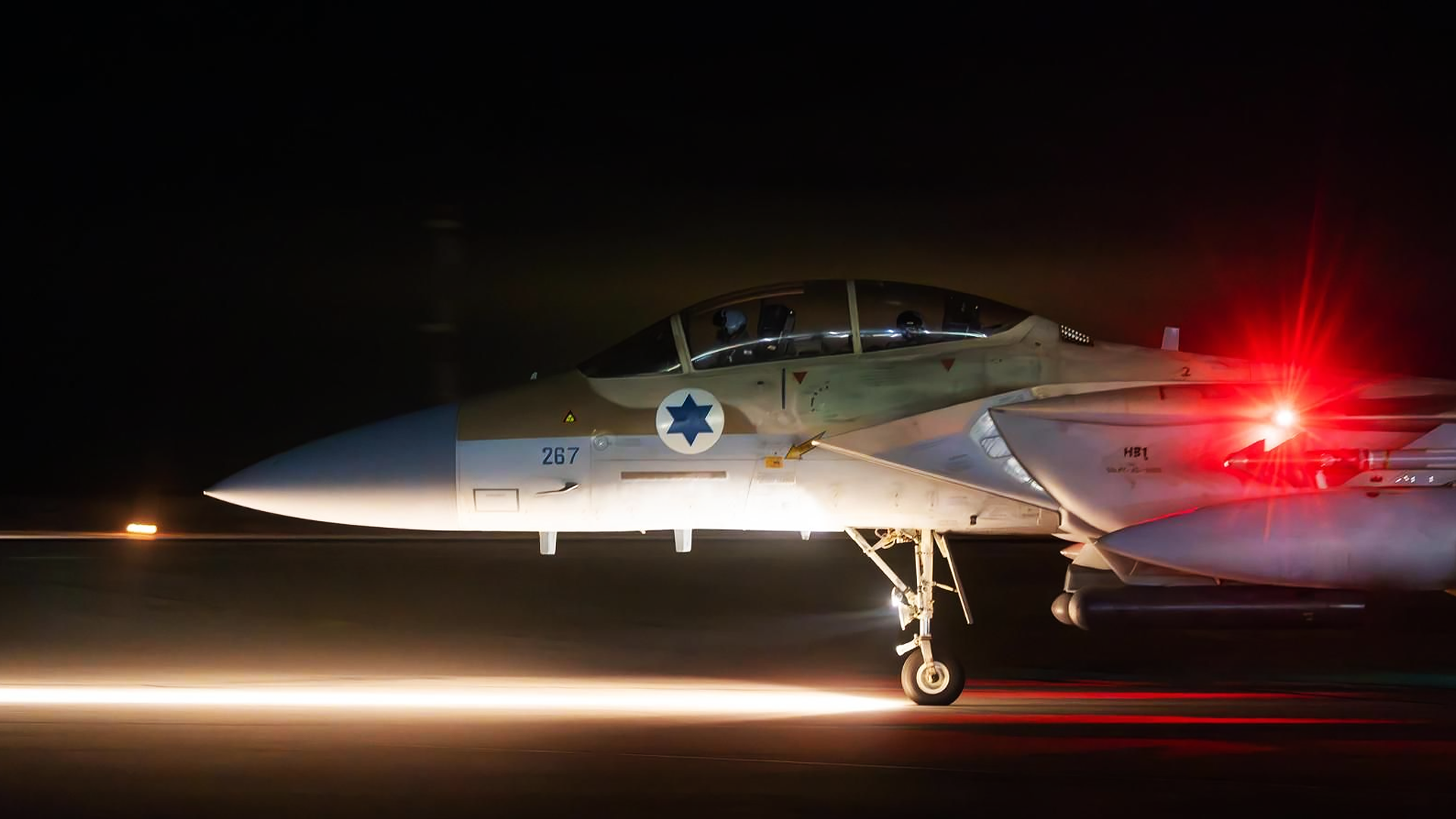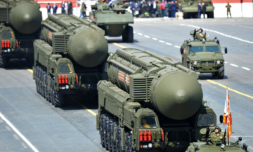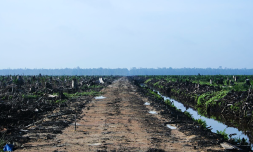Israel’s recent military strikes have once again brought global attention to Iran’s nuclear program, raising concerns about regional stability and the potential for escalation.
Israel has constantly found itself in the middle of the most heated conflicts in the Middle East. Adding to this roster is the recent strikes it initiated against Iran. Shocking the world, the first strike occurred on June 13th in a surprise offensive, code-named Operation Rising Lion.
Carried out by the Israel Defence Forces and Mossad, the attack targeted key nuclear sites, missiles, radar systems, and Iranian military leaders and scientists. As a result, civilians were also killed. What continues to follow is alternating retaliatory attacks from both sides, with an end to these blitzes nowhere in sight.
Before these strikes, the root cause of the conflict was a distant thought, overshadowed by other major global crises. As a matter of fact, this issue dates all the way back to the 50s and centres around Iran’s nuclear development program.
Iran’s nuclear program
In the 1950s, Iran had pro-Western ideology, hence, with the help of the United States, it began its nuclear development program under the premise of civilian nuclear energy uses. However, after the Islamic Revolution in 1979, Western nations stopped backing Iran due to the latter’s sudden hostility towards Western interests and values.
Years later, amidst the Iran-Iraq war, nuclear development in Iran secretly resumed, starting with a clandestine uranium enrichment program in the 80s. Within a decade, it had an overt civilian nuclear program supported by Russia and China, and a covert military operation that focused on uranium enrichment and weapons research.
As suspicions grew, many countries started to sanction Iran. By 2006, the United Nations imposed sanctions that banned the transfer of nuclear and missile technology to Iran. Laws and policies were also enacted internationally to halt Iran’s uranium enrichment and comply with international nuclear inspections.
In 2015, Iran signed a landmark agreement with the P5 + 1 – the UN Security Council’s five permanent members, plus Germany.
Named the Joint Comprehensive Plan of Action (JCPOA), it was designed to curb Iran’s nuclear program in exchange for lifting many sanctions. Through the agreement, Iran agreed to limit uranium enrichment to 3.67%, reduce its stockpile of enriched uranium, and allow enhanced International Atomic Energy Agency (IAEA) inspections and monitoring of its facilities.
After Trump withdrew from the JCPOA in 2018 and imposed harsh sanctions, however, Iran gradually reduced compliance with the agreement.




















